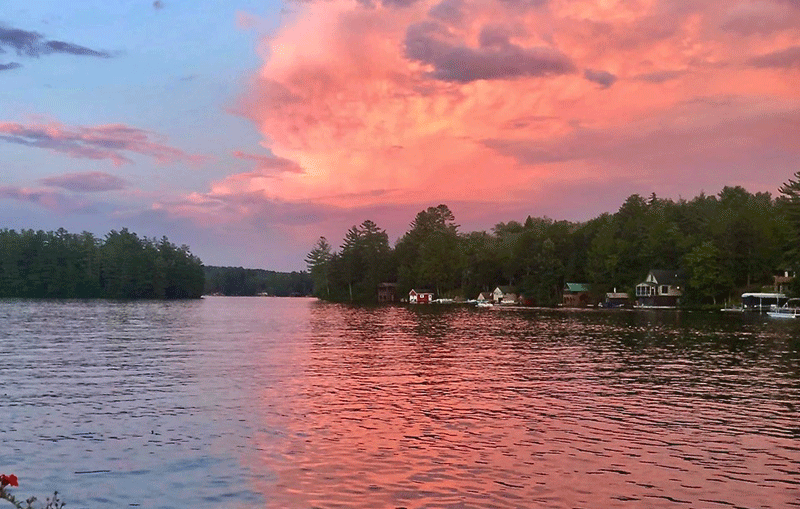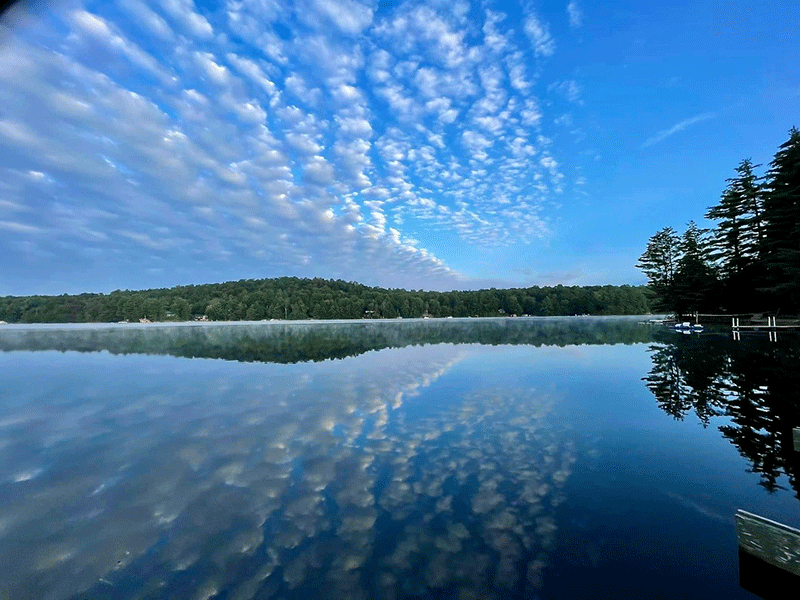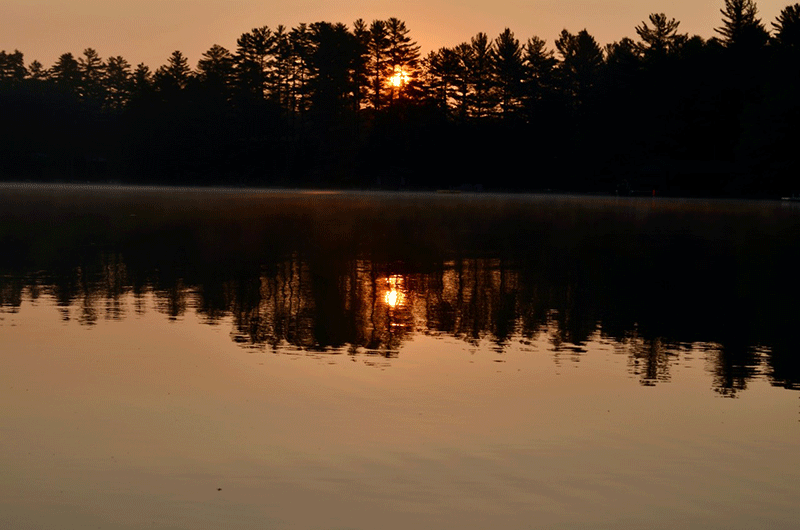In early 2022, the Adirondack Park Agency (APA) issued a permit for the controversial new granite quarry mine in White Lake in the western Adirondack Park in the Town of Forestport, Oneida County. Area residents and property owners widely opposed this project, but the APA did not heed their concerns. Protect the Adirondacks has long partnered with the Adirondack White Lake Association and the Little Long Lake Association in Forestport for water quality monitoring. In assessing the impacts of this project, PROTECT contacted a number of area residents and landowners near the proposed mine site around White Lake who had many concerns about the disruptive impacts of a new industrial facility in a primarily residential and tourist resort area.
The new White Lake Granite Quarry is completely out of character with the area’s local residential and tourism economy. This large-scale industrial facility will disrupt the local quality of life and poses environmental threats. The APA review did not consider a number of factors. This project should have been fully scrutinized through a formal adjudicatory public hearing. Over 3,000 public comments were submitted opposing this project and calling on the APA to hold an official adjudicatory hearing.
The proposed new White Lake Granite Quarry project is on a largely forested 56-acre tract on Stone Quarry Road, south of Route 28. Around 27 acres of this site will be actively mined over the life of the proposed new mine. The site has not been a functioning mine for decades. The site has not been an active quarry for nearly 90 years, while there has been significant residential and small business development around the area’s lakes.
The project will open large pits in an 8.8-acre area with 40-foot-high walls. Bedrock will be removed and topsoil stockpiled. Crushing will occur on-site. Large granite “bricks” will be cut using “diamond wire saws” and then loaded on trucks, which will run up to 20 loads per day. Blasting will be necessary to break apart or break open the bedrock for mining operations. The mine will operate April 1 through October 31, Monday-Friday, 7am-6pm and 7am-12pm on Saturdays. Area residents are concerned about noise from mining operations, noise from blasting, truck traffic, fugitive dust, and water quality impacts. The long hours and weekend mining will also be disruptive to the local quality of life in the area.
For a variety of reasons, this project is widely opposed because it is unsuitable for the residential White Lake area. We believe that the lands in question should be used for residential purposes or sustainable forest management.
The initial lawsuit was filed on behalf of the Adirondack White Lake Association and Protect the Adirondacks, drafted and submitted by the Pace Environmental Law Clinic. The initial lawsuit challenged the decision to issue a permit and not hold an official adjudicatory hearing. A decision was rendered on September 22, 2022 by the State Supreme Court in Oneida County that upheld the APA permit.
Protect the Adirondacks filed a notice of appeal after the initial decision and took the lead on the appeal to the Appellate Division, 4th Department. The appeal challenges the determination by the APA not to hold an adjudicatory hearing prior to granting Red Rock Quarry Associates a permit to establish a new granite mining operation in the residential community of White Lake in the Adirondack Park. The appeal focuses on the following issues:
- Did the determination by the Adirondack Park Agency (APA) not to hold an adjudicatory hearing on anapplication to locate a new mining operation adjacent to a residential community have a rational basis when in reaching that determination the APA failed to consider or apply its regulatory criteria for holding adjudicatory hearings?
- Supreme Court found the APA had acted rationally in not considering or applying the regulatory criteria when determining not to hold an adjudicatory hearing.
- Did the APA’s determination not to hold an adjudicatory hearing have a rational basis even though it was based on a biased and one-sided presentation by the APA staff that mischaracterized both the factual record and the standards for holding an adjudicatory hearing?
- Supreme Court did not directly consider whether the presentation by the APA staff was biased and one-sided but found that the APA had acted rationally.
- Did the APA’s determination not to hold an adjudicatory hearing have a rational basis when the APA’s regulatory criteria were met by Appellants’ submission of a report from an environmental consulting firmraising significant noise and water quality issues and the submission of more than 3,000 public comments opposing the application?
- Supreme Court concluded that the issues raised by Appellants did not warrant an adjudicatory hearing and did not consider the public opposition to the proposed
APA’s determination not to hold an adjudicatory hearing was: (i) made without considering or applying theAPA’s own regulatory criteria for holding an adjudicatory hearing; (ii) based on a one-sided, factually and legally incorrect presentation by APA staff; (iii) made despite Appellants’ submission of a detailed report from an environmental consulting firm demonstrating significant flaws in the Applicant’s noise impact and water quality analysis; and (iv) made despite the submission of over 3,000 public comments opposing the miningproject and the raising by Appellants and other commenters of substantive and significant issues concerning the project’s impacts.
For all these reasons, the lower court decision should be overturned.
Click here to read to the appeal.








